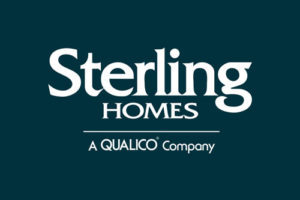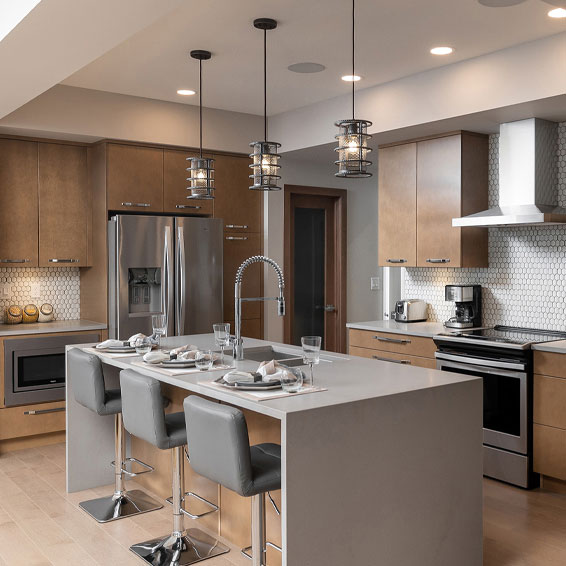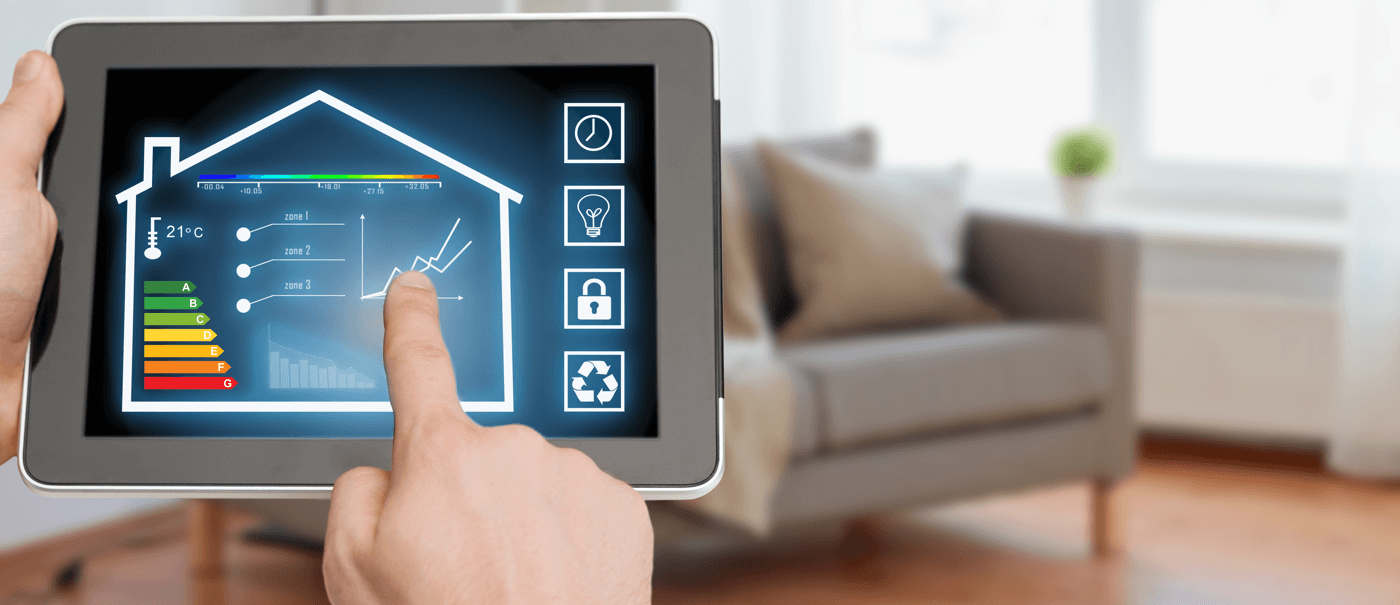
In basic terms, an NZE (net-zero energy) home is a super-efficient structure that uses less energy than a standard home and “returns” energy to the grid when it has more than it needs. Affordable, sustainable and highly beneficial for the environment, an NZE house must be smartly designed and built with high-quality materials in order to earn its energy-efficient label.
With respect to its design, an NZE home’s blueprint is created in accordance with energy modelling software that estimates how much it will use once built. This allows the builder to make design choices with the aim of creating an energy-efficient home while keeping construction costs as low as possible.
Once the design has been established, the elements listed below represent the key steps required to build an authentic NZE house:
1. Sealing and Insulating
Thoroughly sealing the envelope is the first step in crafting a net-zero home that’s protected against air and moisture intrusion. A number of time-tested envelope-sealing methods are available based on your particular budget and climate.
Hand in hand with sealing, insulating the home’s floors, walls and ceilings is absolutely essential. The energy modelling software we mentioned previously helps you and your builder pick the best insulation materials for your home’s envelope.
Special care should be taken when sealing/insulating around doors and windows, which are particularly vulnerable spots. Your builder will help you select the right door and window sizes and place them properly to balance minimal energy loss with passive energy gain.
Once the envelope has been sealed and insulated, its level of airtightness must be verified with a “blower door” test. For an NZE home, its ACH (air change rate per hour) should ideally be one or less, compared to a standard home’s 2.5 or more air changes per hour.
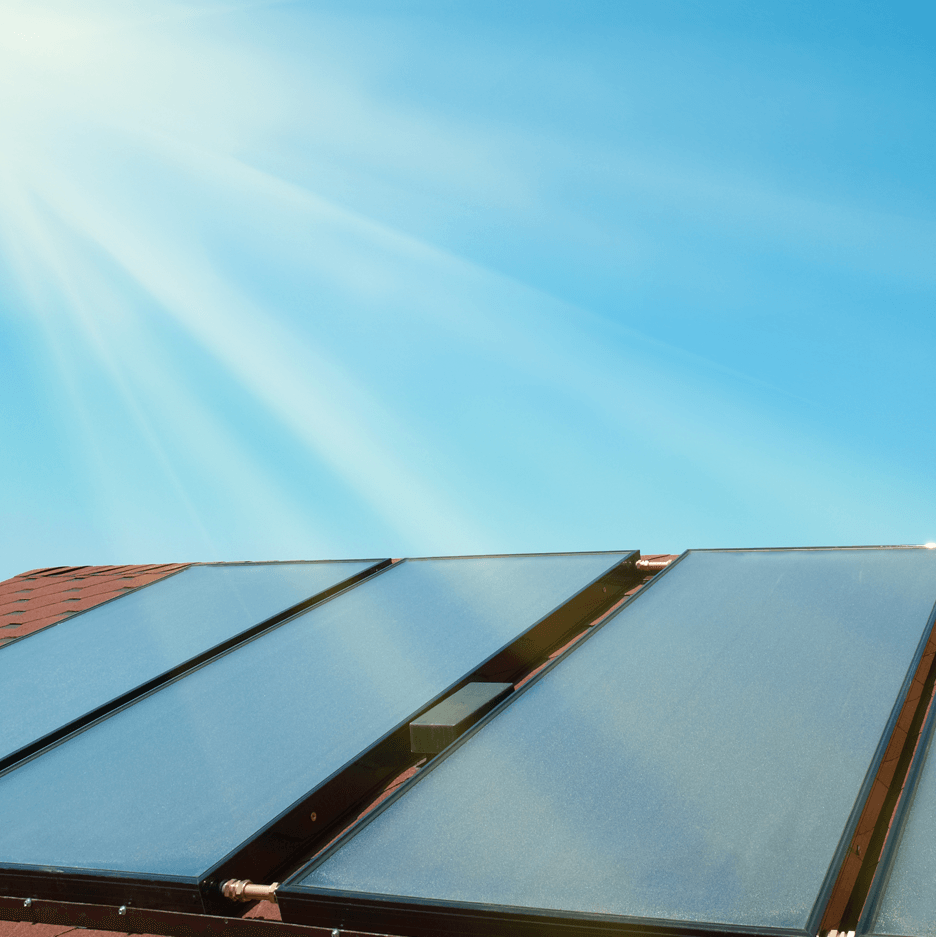
2. Continuous Ventilation
Because it’s so airtight, an NZE home needs a continuous source of clean air to keep it dry, healthy and comfortable. ERV (energy recovery ventilation) and HRV (heat recovery ventilation) systems are designed to meet this challenge by expelling old air while extracting heat from it, then recycling that heat energy back into the house.
3. Solar Energy
An NZE home’s lot and window orientation should make full use of the sun, which will drastically lower the home’s energy needs for indoor heat and lighting. For example, south-facing windows can tap into this free energy during the winter to reduce heating expenses. During the summer, the placement of overhanging roof eaves and other shade-providing structures will keep the home from overheating and minimize indoor cooling costs.
Well-placed solar PV (photovoltaic) panels are the most cost-efficient collectors of alternative energy available today for net-zero energy homes, as they can power everything from the lighting and heating to the appliances and cooling systems.
4. Efficient HVAC
Installing a super-efficient, money-saving HVAC (heating, ventilation, and air-conditioning) system is your next priority when building a net-zero energy home. Ductless heat pump systems are extremely economical, don’t carry the burdens of central or forced-air systems, and are much cheaper to operate than geothermal heat pump setups.
In addition, air and drain water heat recovery devices can efficiently harvest and reuse energy that’s normally lost through air and wastewater exhausts.
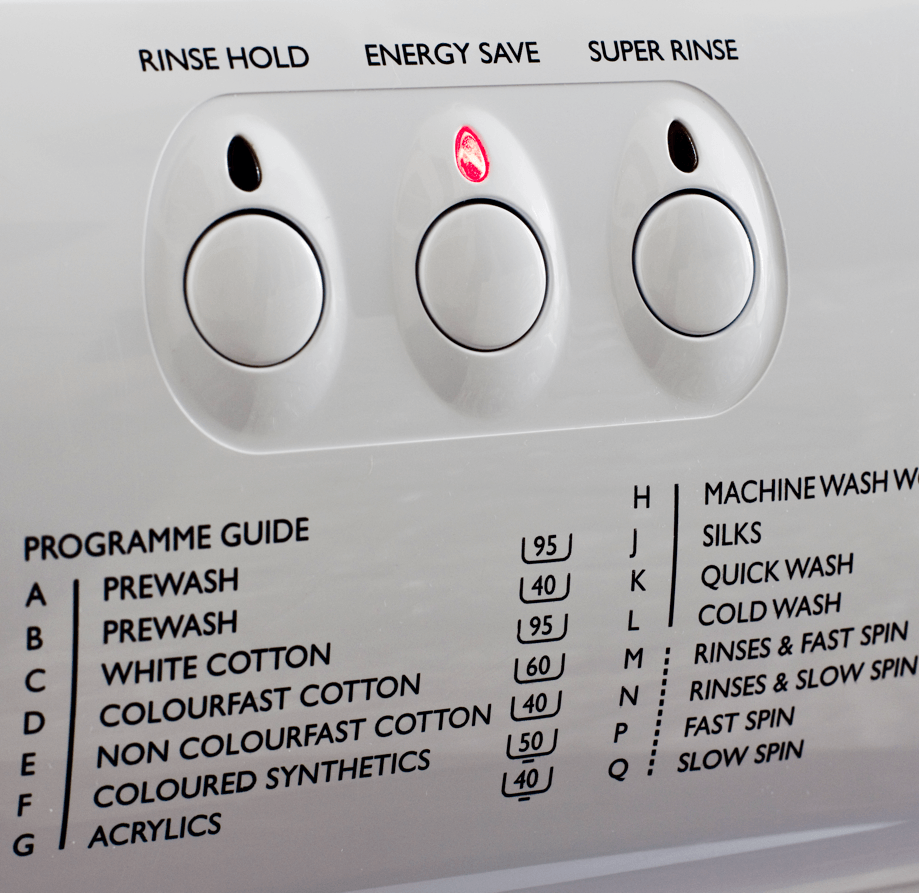
<5. Energy-Conservative Water Heater/strong>
Following closely behind its HVAC system, an NZE home’s water heating setup typically requires a substantial portion of its energy budget. For that reason, it’s important for builders to install an efficient system from the variety of currently available water heating technologies to make sure the home’s energy needs stay within “net zero” range.
6. High-Efficiency Appliances
In the average NZE home, nearly half of its energy consumption goes to heating and cooling the air and water, and appliances ordinarily make up about 60% of that amount. As a result, installing ENERGY STAR® appliances that are protected against “phantom” energy loss is essential. Often unnoticed, “phantom” electrical loads continuously sap energy through an appliance’s plugs, whether it’s in operation or not.
7. An Energy Dashboard
Many NZE homes include a special dashboard or control panel that allows owners to gauge their property’s energy usage and generation. Using this handy tool, they can make any modifications they need to keep their home’s energy input and output balanced.
The benefits of building and owning a net zero home are vast. With their lower utility costs, better interior air quality, steadier temperatures, superior insulation from outside noises, and lower pollution levels, they are simply better for homeowners and the environment than standard homes all across the board. Following the steps listed above will ensure your new home has all the crucial elements it needs to be certified as a genuine NZE property.
Photo credit: smart home, solar panels, energy saving appliance
